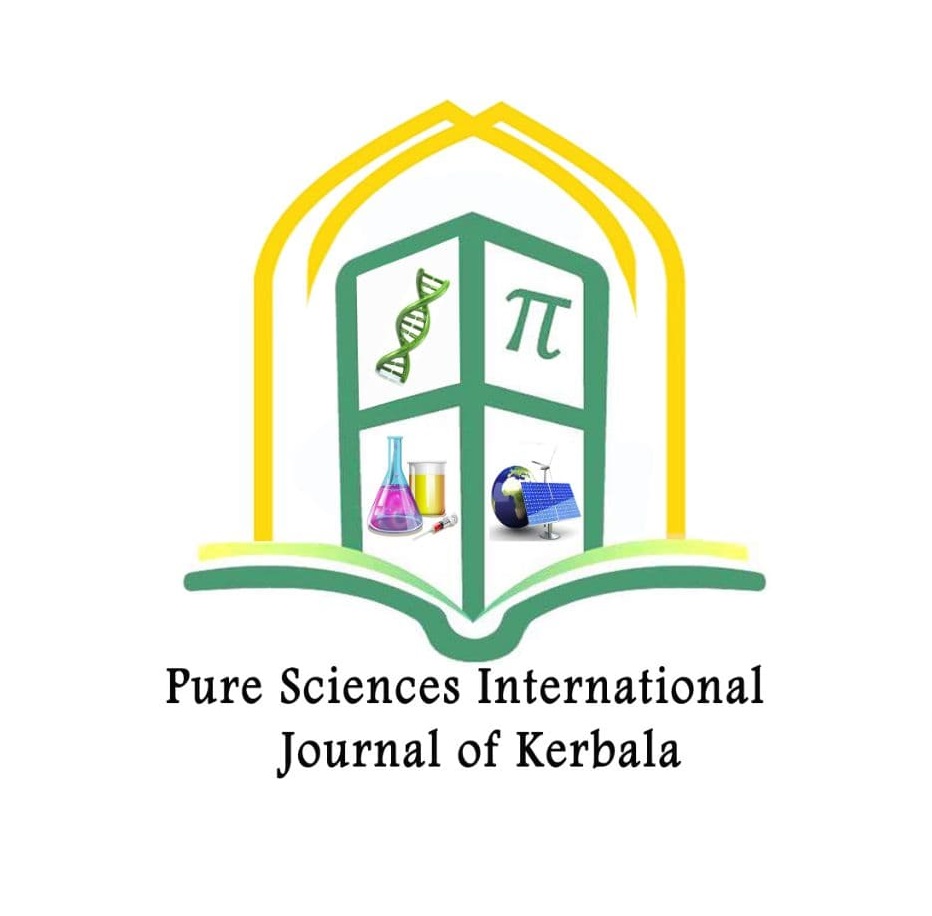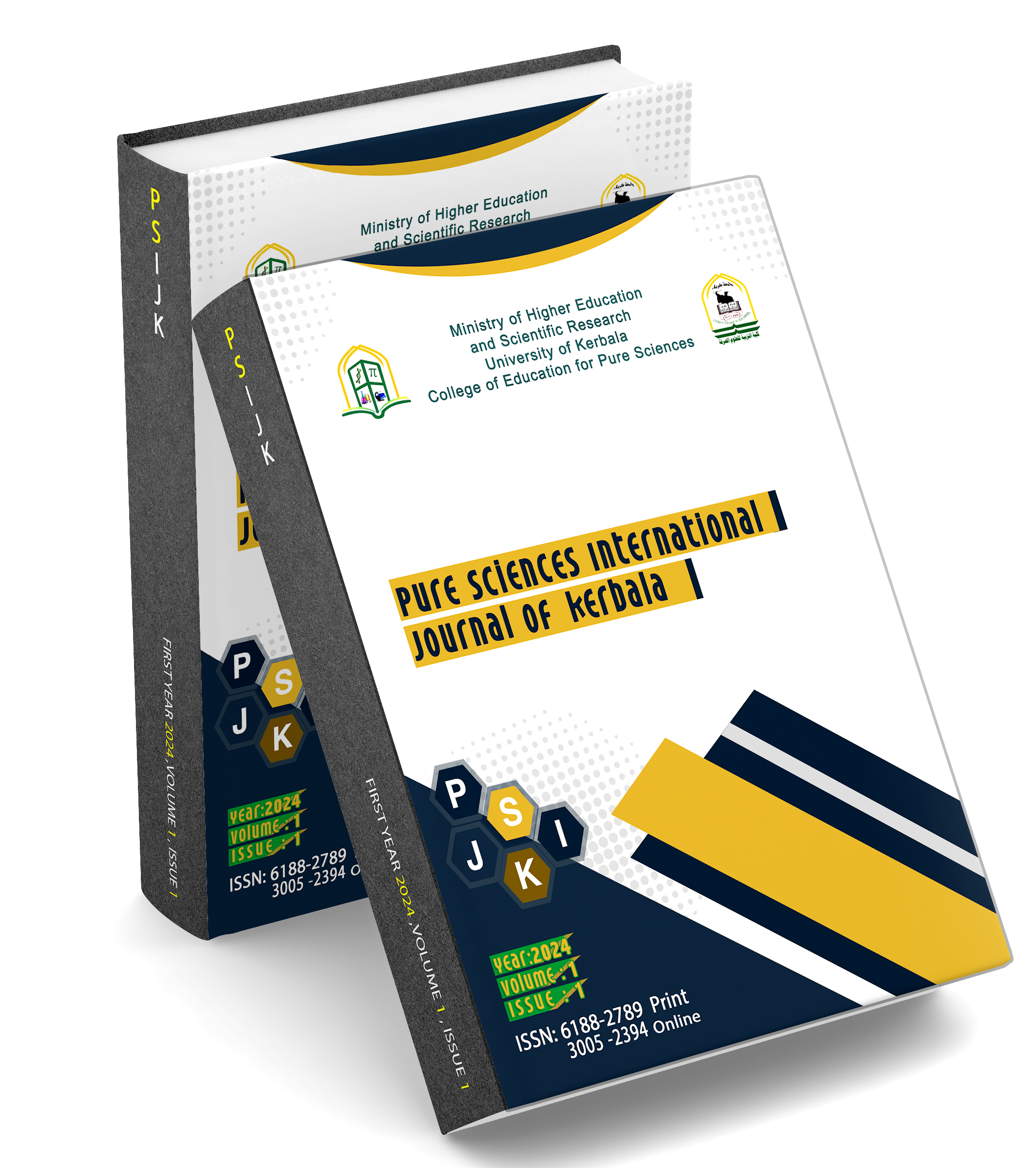Photo catalytic degradation of textile dyes: Model of the main reasons of positive and negative results
الكلمات المفتاحية:
Photo catalysts، textile dye، negative results، methylene blue dye، organic pollutantsالملخص
Due to the photocatalytic process's ability to use light energy to drive chemical processes, wastewater photolysis is commonly viewed as a green technology that can help humanity address the pressing environmental and energy issues facing human society. The liquid waste generated by the textile sector is still heavily polluted with toxic chemicals and colors. Organic pollutants, such as wastewater containing dyes, can be reduced using a process called photolysis.
Photocatalytic decolorization of aqueous solutions of methylene blue dye in the presence of TiO2 was studied using an artificial UV-A light source. The effects of various factors were also studied, such as mass of catalyst (weight effect), concentration of MB dye, and measurement of light intensity. Decolorization cannot be done with absence of stimulus and/or light radiation. The process of dye decolorization follows pseudofirst-order kinetics. This study used UV-visible spectroscopy to explore the photodegradation of methylene blue dye by TiO2 under UV irradiation.After that, the positive and negative results were compared by the researchers.





